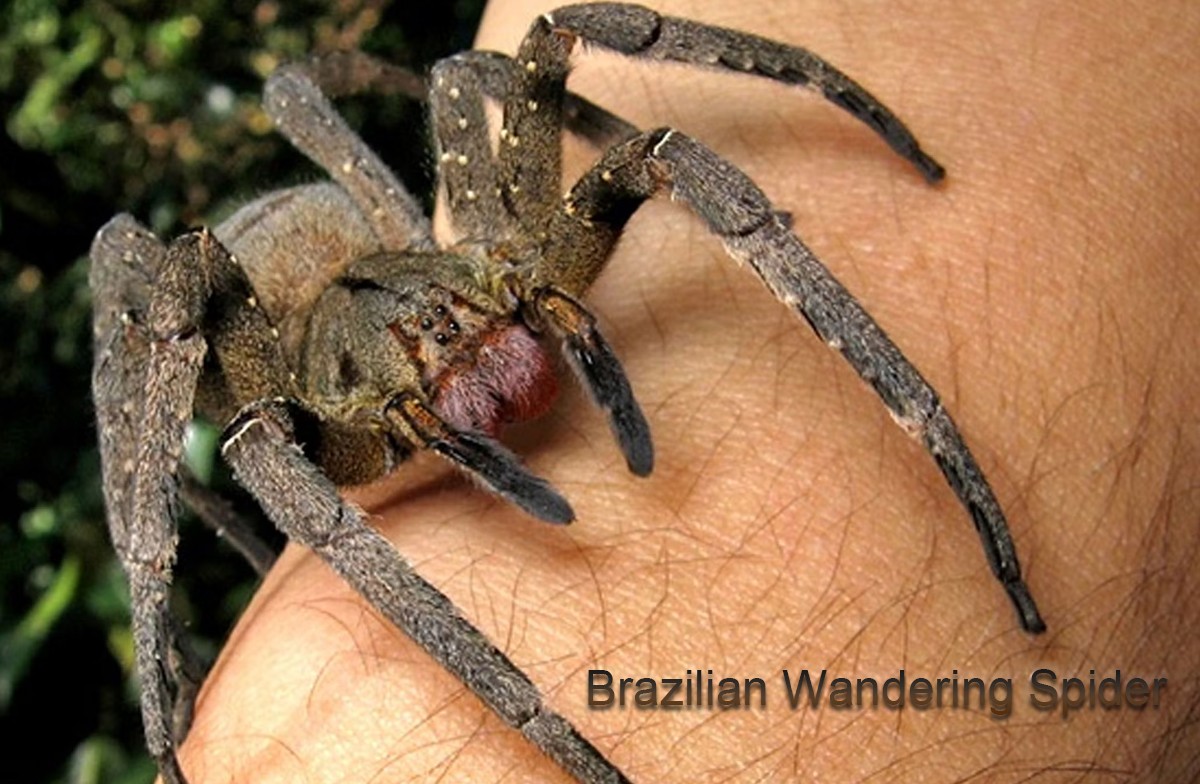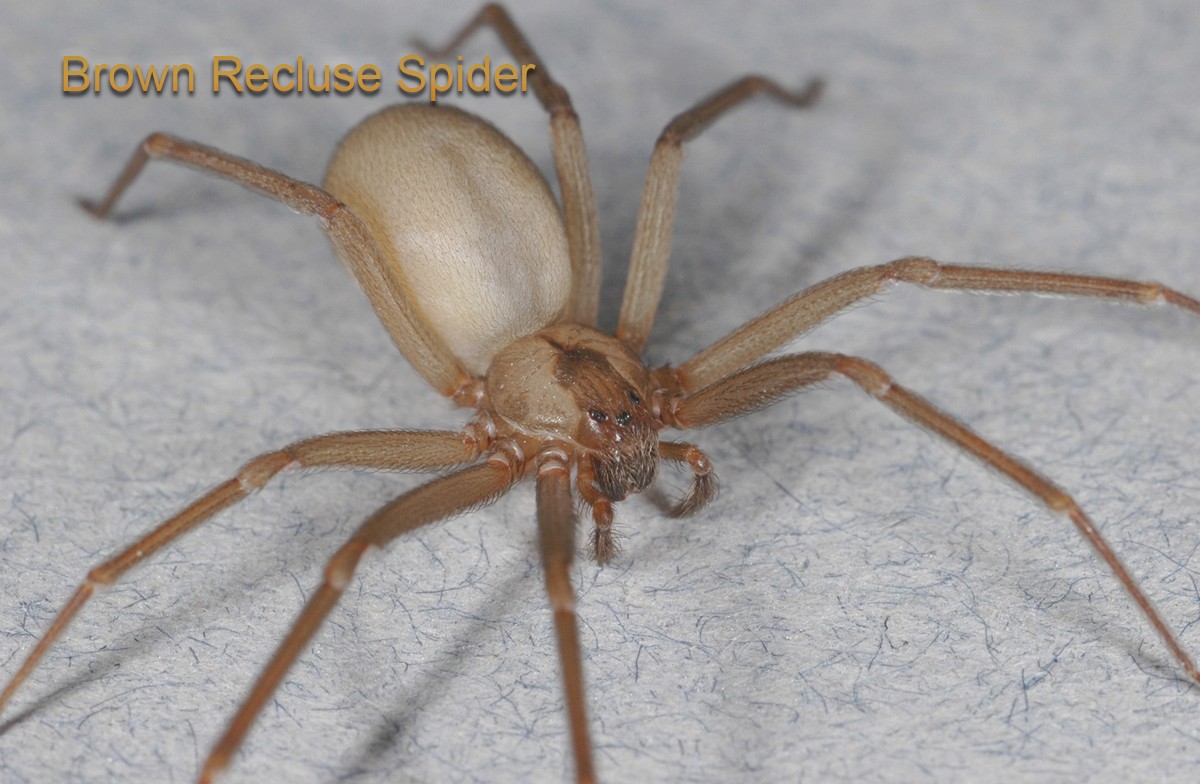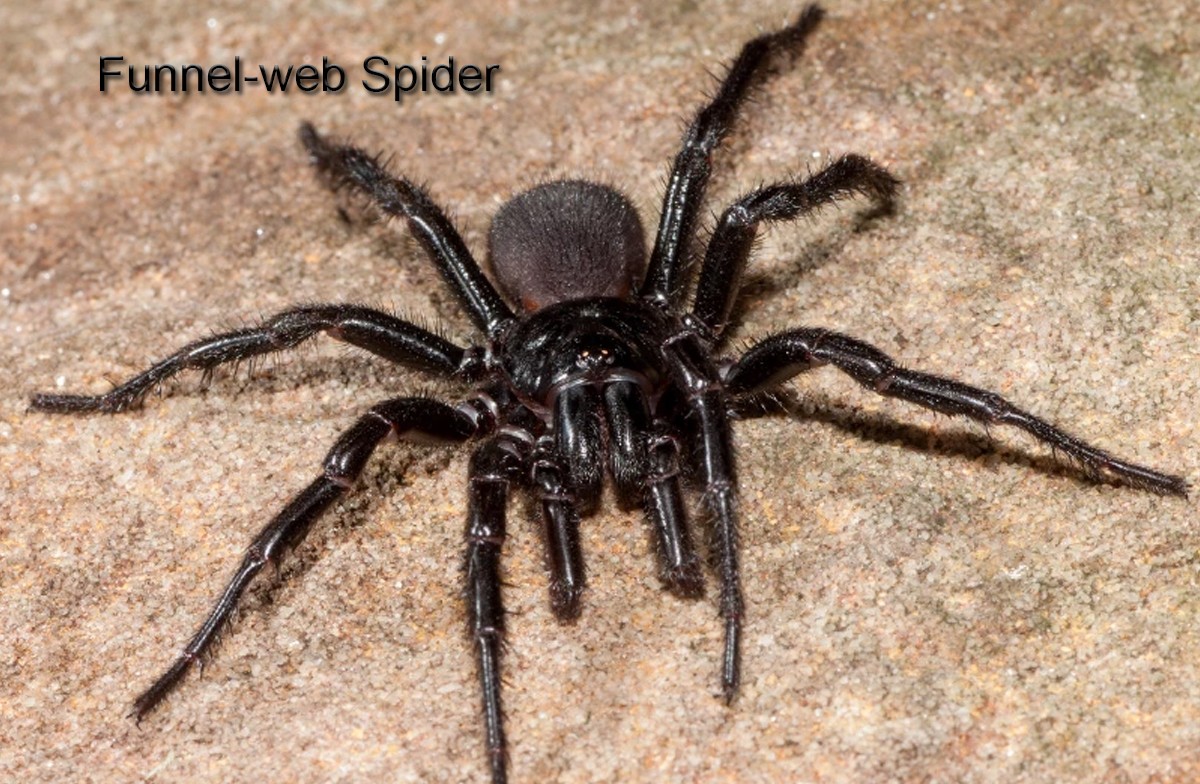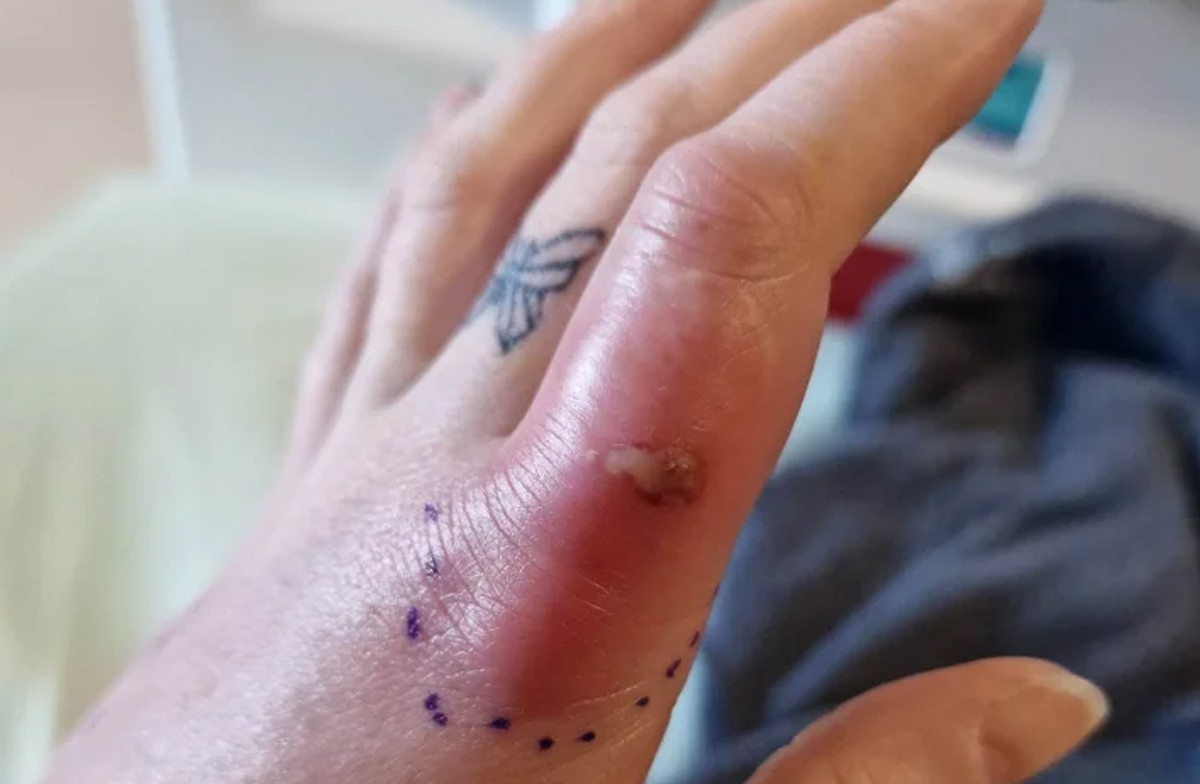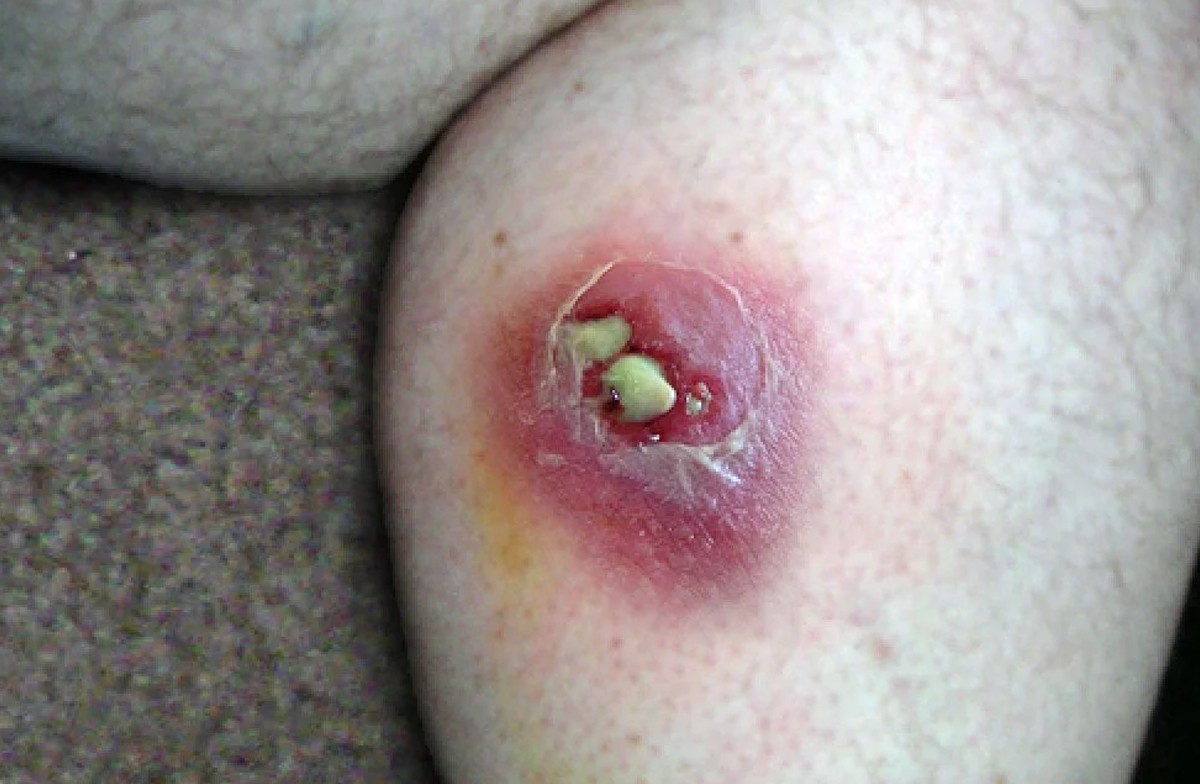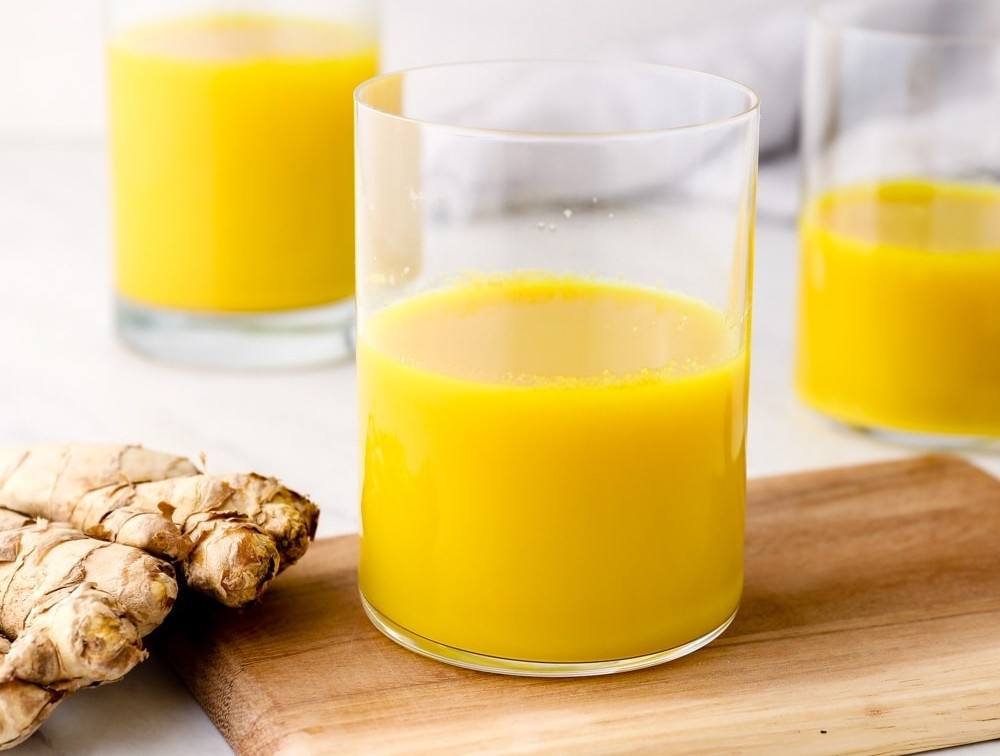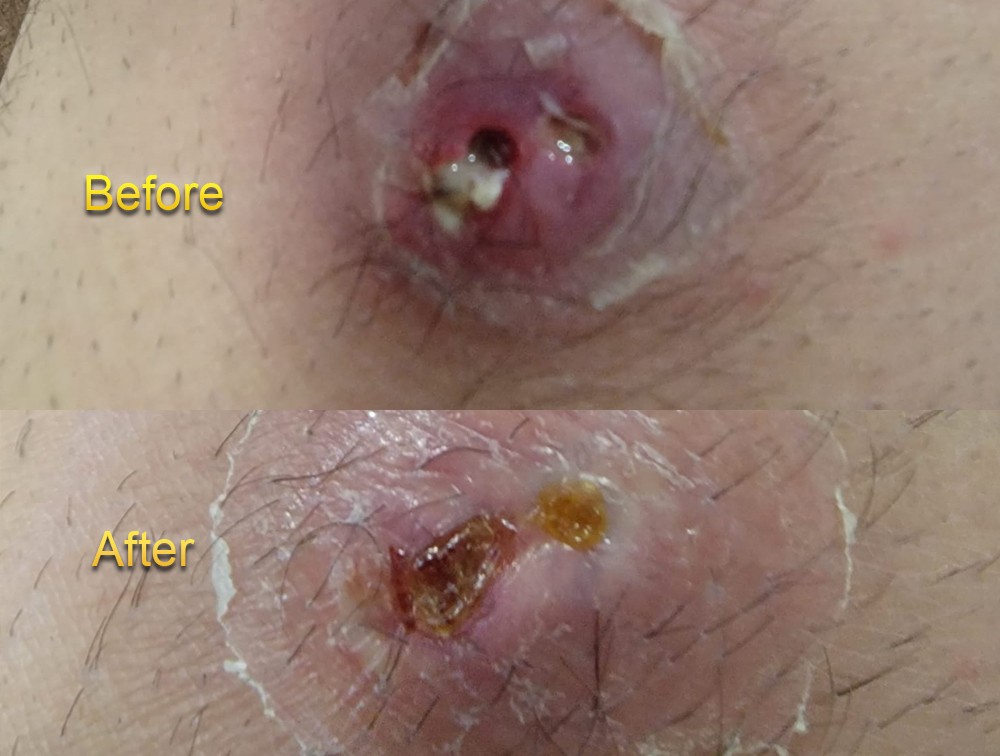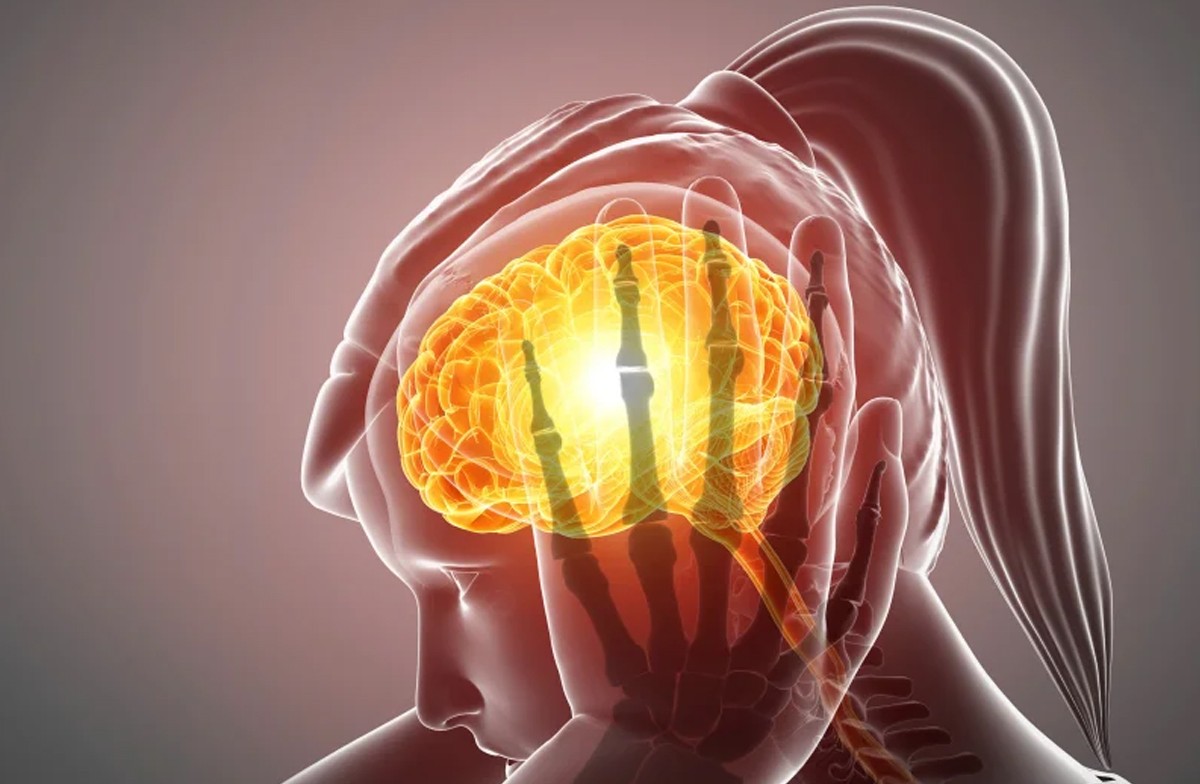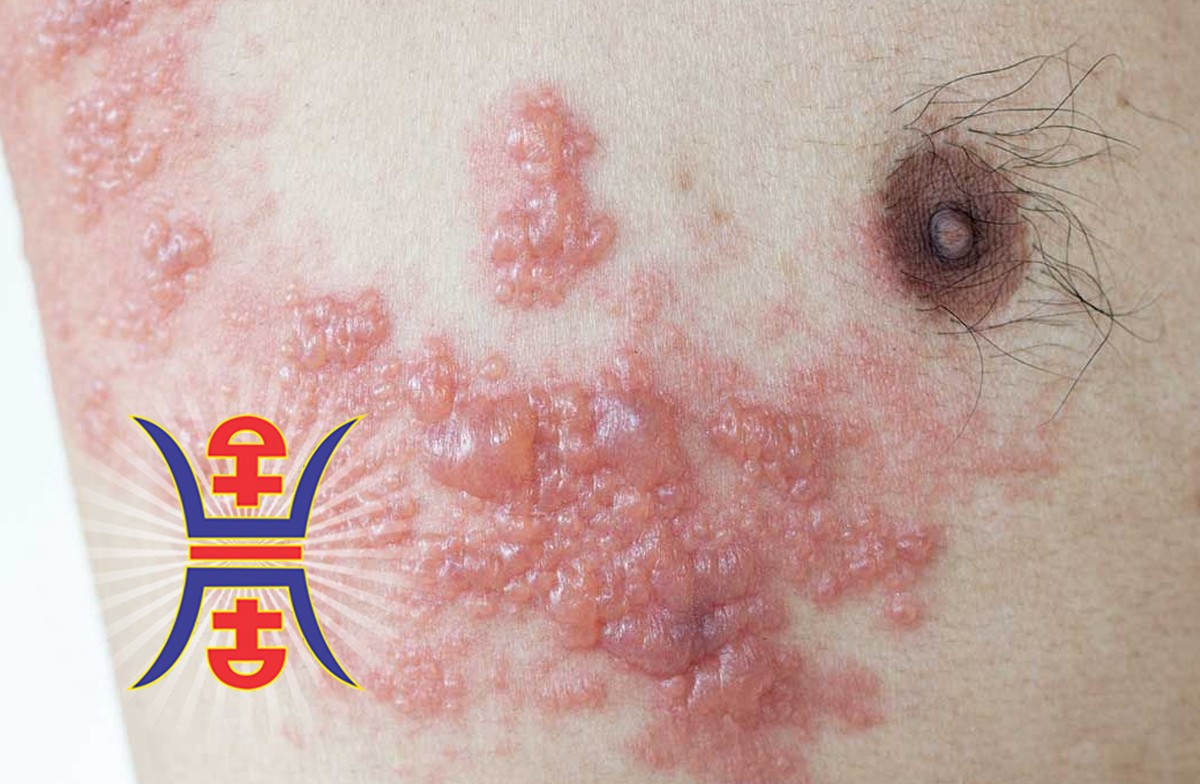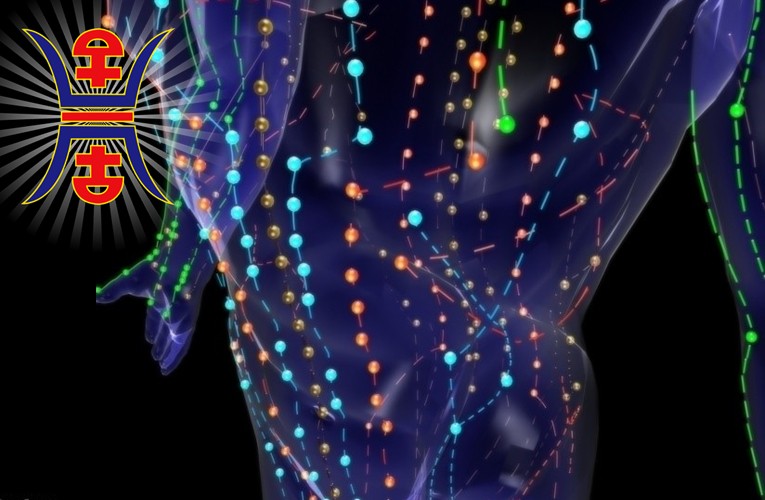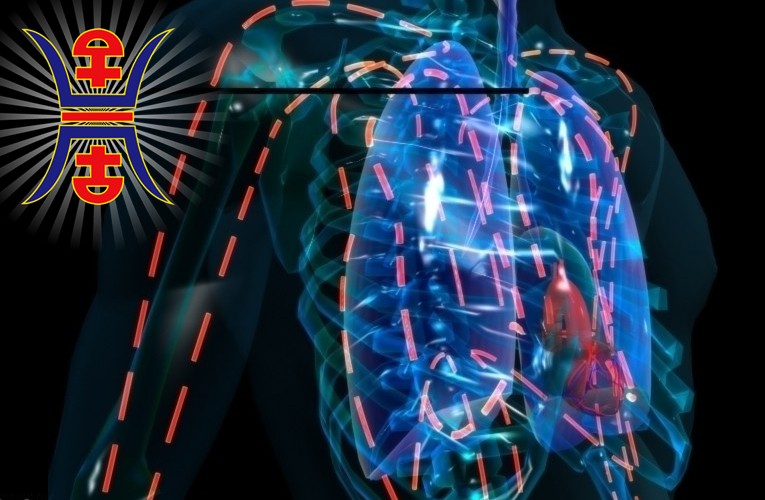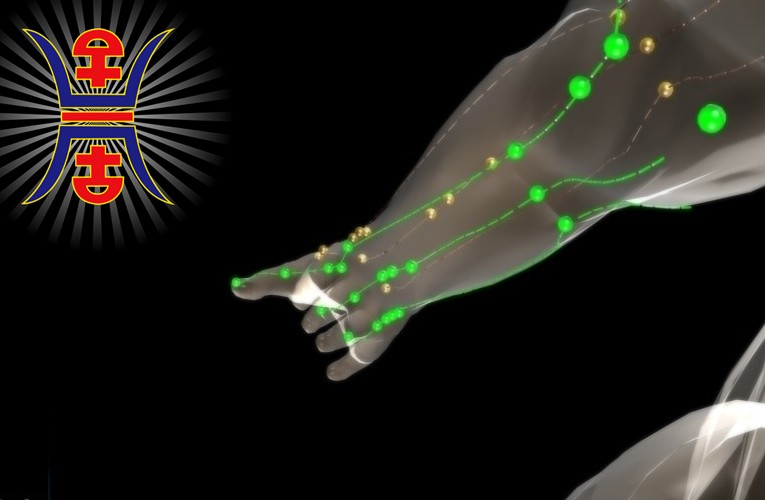Overview
- Jingluo is the channel of energy communication and distribution in the body.
- Jingluo links internal organ systems and various superficial tissues of the body to build up energy communication between the interior and the external.
- Jingluo connects different superficial areas of the body.
- Jingluo is more external than organ systems. Pathogens, including the physical and energetic ones, penetrate the body from the exterior generally, then the main channels and the internal organ systems
- Jingluo covers the entire body, it cannot be detected by modern equipment, but your spirit/soul/mind can perceive it.
Every part of the organ system is related to a main jingluo and its associated sub-jingluo.
With the main channel, every part of the body associated with an internal Organ can be affected by the imbalance of energy in that Organ.
For instance, the Bladder jing is connected with the small toe, lateral aspect of foot and ankle, posterior aspect of leg, buttocks, sacroiliac and dorsal region, occiput, vertex, central frontal region and inner canthus of the eye.
Knowing the pathway of jingluo, we can connect diverse as itchy eyes, occipital headaches, lumbar pain and spasms in the gastrocnemius together. For instance, the Heart jing starts in the axilla and ends on the small finger. It has long been noted in conventional medicine that in the case of myocardial infarction, the pain often transfers along this channel. TCM provides a link between this external muscular pain and an imbalance in the associated internal Organ.
Distribution of the Jing Luo
| Most superficial |
Cutaneous Regions |
|
| Deeper |
Tendinomuscular jingluo in the musculature |
Province of Wei energy – 1st line of defense and adaptation |
| Deeper |
Luo Mai |
Associated with Main channels but are more superficial. Link Yin and Yang coupled pairs. Link Primary jingluo with surrounding tissues. |
| Deeper |
Divergent jing |
Reinforce the circulatory network of 12 Primary jingluo. Provide more functional contacts between Yin and Yang channels. |
| Deeper |
12 Primary jingluo |
Connect with Zang Fu Organs. Carry mainly Ying (Nutritive Qi) and Blood. |
|
8 Extra Vessels |
CV GV and Chong Mai originate in Kidney Organ. The others connect with Principal channels. |
|
|
Function: strengthen association between channels and control, store and regulate Qi and blood of channels (reservoirs). Carry mainly Yuan Qi. |
The sub-jingluo has the main functions of maintaining normal function providing for adaptation to changes in the external environment. This adaptation can often happen without the circulation of energy in the main jingluo being affected.
The Channels of Acupuncture
In acupuncture anatomy, the internal organs of the body are all interconnected with one another by pathways called jingluo, which are located throughout the whole body. The concept of these pathways could be compared with blood vessels and capillaries, or the nervous system with its centers and peripheral branches of conventional medicine. But the jingluo, unlike the blood vessels, which can be seen with the eye, jingluo is invisible, it does not exists in four dimensional space, it exists in five or over five dimensional space which belongs to the energy or spirit world.
The jingluo spreads out through the entire body connecting all the tissues and organs of the body binding it together as an organic unit. They regulate normal functioning of the body, and diagnostically reflect pathology or illness.
In acupuncture we generally consider that there are 72 channels of therapeutic importance:
- 12 Primary jingluo
- 12 Tendinomuscular jingluo
- 12 Transversal Lo Vessels
- 12 Longitudinal Lo Vessels
- 12 Distinct (Divergent) jingluo
- 8 Extra (Ancestral) Vessels
- 3 Extra Longitudinal Lo Vessels
- 1 Huato Channel
The most important and essential ones for the circulation of energy, and for most therapeutic applications are the twelve Primary jingluo and two of the Extra Vessels. The twelve Primary jingluo are also known as the twelve Chings.
The two extra jingluo are managing du mai and ren mai. (Ren mai does not imply that the Vessel is exclusively concerned with the female, although it does have extensive connections with the female reproductive system, and is frequently used in the treatment of gynecological disturbances. It is, however, present in both male and female).
The two extra vessels are usually included in a listing of the twelve jingluo, because of their importance in the circulation of energy, and their value in many treatment formularies. They also have their own acupuncture points.
Some of the jingluo of the body run in a more or less horizontal direction, while others run vertically. The twelve Primary jingluo are vertical channels.
The twelve Primary jingluo are also bilateral. This means they have symmetrical pathways on either side of the body in relation to the median (mid-line) of the body, just as we have a right and a left side. There is a Lung jing on both the left side of the body and the right side of the body, and similarly with all of the other eleven jingluo. The acupuncture points for the various jingluo are in the same mirror image locations on either side of the body.
Acupuncture Channel Summary
We have 12 bilateral jingluo. The two special vessels (Ren main and Du mai) are not bilateral. They are singular channels, which follow the midline of the body, one in front and one on the back. The following pages are diagrams of the locations of the jingluo on the human body.
There are a number of ways in which the Primary jingluo can be classified. One method is to classify them into two groups, according to their polarity of Yin and Yang. TCM determined that some of the jingluo are predominantly of Yin energy, and some are predominantly of Yang energy.
| Yin Channels (Organ) |
Yang Channels (Organ) |
| Lung (LU) |
Large Intestine (LI) |
| Spleen (SP) |
Stomach (ST) |
| Heart (HT) |
Small Intestine (SI) |
| Kidneys (KI) |
Bladder (BL) |
| Pericardium (PC) |
San Jiao (SJ) |
| Liver (LV) |
Gall Bladder (GB) |
The Primary jingluo are also grouped together in coupled pairs, each Yin meridian being coupled to a specific Yang jingluo. The pairs are coupled according to the table above, i.e., Lung with Large Intestine, Spleen with Stomach, Heart with Small Intestine, Kidneys with Bladder, Pericardium with San Jiao, and Liver with Gall Bladder.
Another way of classifying the jingluo is based on the main location of the Channel and its terminal point. Six jingluo are located on the upper portion of the body, and start or end on the fingers. The other six jingluo are located on the lower portion of the body and end or start at the toes. Which gives us the following relationships:
| Hand Jingluo |
Foot Jingluo |
| Lung (LU) |
Stomach (ST) |
| Large Intestine (LI) |
Spleen (SP) |
| Heart (HT) |
Bladder (BL) |
| Small Intestine (SI) |
Kidneys (KI) |
| Pericardium (PC) |
Gall Bladder (GB) |
| San Jiao (SJ) |
Liver (LV) |
By combining the Yin/Yang and Hand/Foot classifications or groupings, we get the following…
| Channels |
Abbreviations |
Pathway |
| 3 Yin jing of the Hand |
(LU, HT, PC) |
Chest to Hand |
| 3 Yang jing of the Hand |
(LI, Sl, SJ) |
Hand to Face |
| 3 Yang jing of the Foot |
(ST, BL, GB) |
Face to Foot |
| 3 Yin jing of the Foot |
(SP, KI, LV) |
Foot to Chest |
As you can see, so far, the jingluo has been classified into a division of two groups according to Yin and Yang, hand and foot, and as coupled pairs. We are going to classify the jingluo according to the traditional Chinese idea of the cycle of energy within the jingluo. TCM determined that the energy flows from one jingluo to the next in a continuous and fixed order. It flows from jingluo to jingluo in a two-hour cycle, making the complete circuit once a day.
This cycle is known as the Horary cycle. As the energy makes its way through the jingluo, each meridian in turn, with its associated organ, has a two-hour period during which it is at maximum energy. The Horary Effect is recognizable by measurable increases of energy within an organ system and jingluo during its time of maximum energy.
If a person moves from one time zone to another, the resultant “jet lag” is a result of the biological Horary clock adjusting to the new time frame. Moving East or West causes this phenomena, but moving due North or South has no effect on the internal clock.
Just as each organ system has a waxing and waning two hour period of maximum energy on the Horary Cycle, there is also the minimum energy effect of the organ on the opposite, side of the cycle, 12 hours apart. i.e. – While the Lungs have maximum energy from 3-5 AM, the Bladder on the opposite side of the table is at its minimum energy level, 3-5 PM. Energy begins entering the Lungs at 3 AM, and has reached its maximum concentration in the organ at 4 AM. By 5 AM it has done its tonification and repair work and is moving into the Large Intestine channel.
Knowledge of this cycle and its energetic effects is necessary for highly effective acupuncture treatments, as the various organs respond either very well or very little to acupuncture depending on their energetic state at the time of treatment. The Horary Cycle is an excellent diagnostic tool and will be dealt with on the diagnostic level later in this course work.
The flow of energy begins with the jingluo of the Lungs and completes its cycle with the Liver, to commence again at the Lungs, continuing the daily cycle throughout an individual’s life span. The reason that TCM says that the flow begins with the Lungs, is that they consider the first independent function of a child at birth to be its first breath.
Biological clock of energy flow through the primary jingluo
|
| Lungs |
3 AM to 5 AM |
| Large Intestine |
5 AM to 7 AM |
| Stomach |
7 AM to 9 AM |
| Spleen |
9 AM to 11 AM |
| Heart |
11 AM to 1 PM |
| Small Intestine |
1 PM to 3 PM |
| Bladder |
3 PM to 5 PM |
| Kidney |
5 PM to 7 PM |
| Pericardium |
7 PM to 9 PM |
| San Jiao |
9 PM to 11 PM |
| Gall Bladder |
11 PM to 1 AM |
| Liver |
1 AM to 3 AM |
As you can see in the table of above, the energy flows from one Channel to its coupled pair, and then on to the next coupled pair. The following is a diagram showing the order of energy circulation through the jingluo.
The Twelve jingluo – In Classical Arrangement
- Hand Yin Lung Meridian (LU)
- Hand Yang Large Intestine Meridian (LI)
- Foot Yang Stomach Meridian (ST)
- Foot Yin Spleen Meridian (SP)
- Hand Yin Heart Meridian (HT)
- Hand Yang Small Intestine Meridian (SI)
- Foot Yang bladder Meridian (BL)
- Foot Yin Kidney Meridian (KI)
- Hand Yin Pericardium Meridian (PC)
- Hand Yang San Jiao Meridian (SJ)
- Foot Yang Gall Bladder Meridian (GB)
- Foot Yin Liver Meridian (LV)
- The Governing Vessel (DU), also called the Du Mai, or Du Channel
- The Conception Vessel (REN), also called the Ren Mai, or Ren Channel
A Yin jing joins its Yang coupled jingluo (and vice versa) in the extremities, either the fingers or the toes. Yin jing of the Hand terminate in the fingers. Yang jing of the Hand begin in the fingers. Yang jing of the foot terminate in the toes. Yin jing of the foot begin in the toes.
General Pathways of the jingluo
The circulating pathways of the twelve jingluo flow from the face to the feet, from the feet to the chest, from the chest into the hands, and from the hands back to the face. The Yang jingluo generally flow along the outward (lateral) side of the limbs and along the back of the body. The Yin jingluo pass along the inward (medial) side of the limbs and along the front of the body. It has already been mentioned that the pathways leading to or from the arms are called Hand jingluo, and those that descend to the legs or ascend from the legs are the Foot jingluo.
The three Yin hand jingluo travel from chest to hand; the three Yang hand jingluo, from hand to head (face). The three Yang foot jingluo travel from head to foot; and the three Yin foot jingluo travel from foot to chest. This describes the circulation of energy over the entire body and delineates the pathways in which Qi, or energy, flows.
With the arms raised over the head palms facing forward, the energy in the three Yin Hand jingluo (Lung, Heart, and Pericardium) will be flowing from the chest to the fingertips, upward along the forward portion of the arm. The energy in the three Yang Hand jingluo (Large Intestine, Small Intestine, and the San Jiao) will be flowing from the fingertips, downward on the back part of the arm, to end their flow in the face.
From the head, the energy of TWO of the three jingluo of the Foot (the Bladder and Gall Bladder, but not the Stomach) will be traveling down along the side or back of the body and outward side of the leg to end in the toes. To complete the cycle, the energy in the three Yin jingluo of the Foot (Spleen, Liver and Kidney) will be traveling up from the toes along the inward side of the leg, continuing along the front of the abdomen and ending in the chest, at which point the cycle begins again from the chest to the hand. There are exceptions to this, but the general pattern is accurate.
The Stomach Channel is one exception. Although it is a Yang jingluo, it runs on the front of the body with the Yin jingluo, instead of up the back like the rest of the Yang jingluo. The other exception is the Governor Vessel, which is a Yang jingluo in the center of the back, in which energy flows upward as opposed to the rest of the major Yang jingluo in which energy flows downward.
Du Mai, follows the spine upward on the back, travels over the head and ends on the inner surface of the upper lip. It has no direct connections to any internal organ. Its energy flow is Yang and ascends from the bottom of the pathway beginning near the anus. It connects with all the Yang jingluo of the body, and is important in many conditions requiring manipulation of the Yang energy of the body.
Ren Mai travels up the midline in front of the body. It runs from near the anus to the mouth, and its energy is Yin, ascending from the lower body to the upper, as does Du Mai. In effect, these two jingluo vertically encircle the body on its midline, front and back.
These two Vessels are not bilateral. They do not form a direct part of the organ meridian’s energy circulation network, nor are they associated with any one organ. They belong to the eight Extra Vessels.
The energy traveling from the chest to the fingertip is predominantly Yin energy. Yet on its way back up the other side of the arm, it becomes Yang energy. The energy changes polarity, from Yin to Yang, or from Yang to Yin, the nearer it approaches the extremities of the limbs.
The energy traveling from the chest to the fingertip begins as predominantly Yin energy, but as the energy approaches the extremity the polarity begins to change, and by the time the tip of the finger is reached the Yin becomes progressively mixed with the Yang energy. Energy traveling from the fingertips to the face begins as mixed Yin/Yang, but by the time it arrives in the face it is predominantly Yang energy.
Energy traveling from the face to the toes begins as predominantly Yang energy. As this Yang energy approaches the lower extremities of the leg, the polarity begins to change again. By the time the toes are reached the Yang energy is mixed with the Yin energy in almost equal proportions. The return from the toes to the chest causes the transformation again. This Yin energy then flows back into the arm, to continue the cycle.
It can be seen, therefore, that as energy circulates through the Primary jingluo, it alternates in coupled pairs of Yin and Yang jingluo, staying for two hours in the Yin and two hours in the Yang, in a smooth alternating rhythm.
In the central area of the head and chest, even though the energy passes from one Channel to another, there is no polarity change. The head is the area where one Yang meridian joins another Yang meridian, and the chest is where each Yin meridian joins another.
The polarity change is not a sudden thing, but occurs gradually, mostly between the elbow and the fingertips, and between the knee and the toes. Therapeutically, it is at points below the knee and below the elbow that energy polarity changes can be most easily accelerated or retarded. Within these limits, the most important control or energy manipulation acupuncture points are found.
On acupuncture charts, the jingluo appear as thin surface lines connecting a series of dots that represent the acupuncture points. Actually, there is much more to each jingluo than what is shown in the acupuncture charts and diagrams. Every Channel has an inner pathway and an outer pathway, and it is usually the outer pathway with its acupuncture points that is shown on most charts or drawings, and the inner pathways are not accessible to manipulation by needling.
The true extent of jingluo cannot be shown by lines on a two-dimensional drawing. On a drawing the lines show us an imaginary line from point to point, which usually represents the approximate centerline of the sphere of influence of that Channel. According to TCM, each Channel is connected to all the tissues, organs and functions over which its acupuncture points have an influence or produce an effect, whether in the immediate area of the points or at a much distant area.
i.e. – Examine the Heart jing with its nine acupuncture points running from the armpit down the inner surface of the arm to the tip of the little finger, very close to the surface. This much is shown on standard jingluo charts and most diagrams. However, the Heart jing naturally must be connected to the Heart, so it extends internally from the armpit point to the organ of the Heart itself. But, the Heart jing also has several other branches deep inside the body. One runs to the Small Intestine, and another branch connects to the head, specifically with the eye, tongue and brain.



